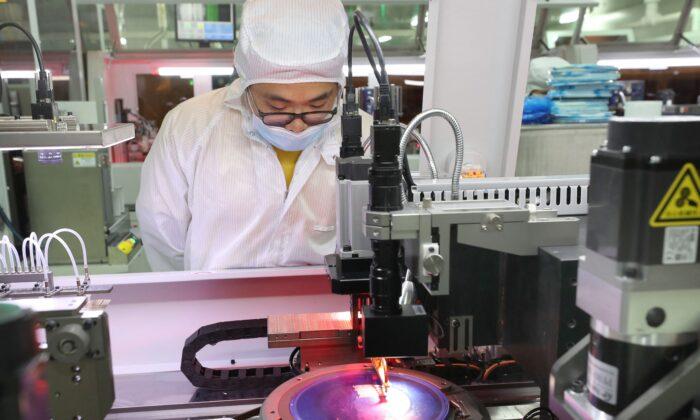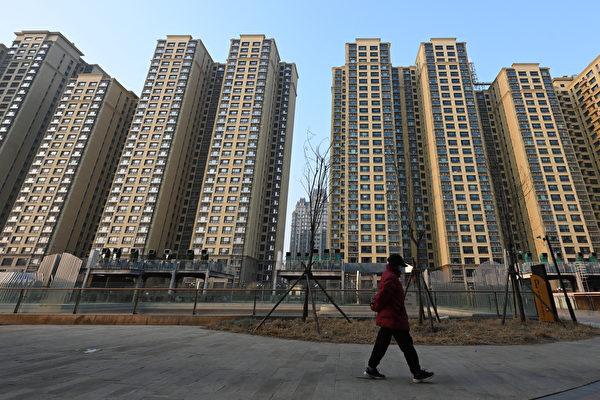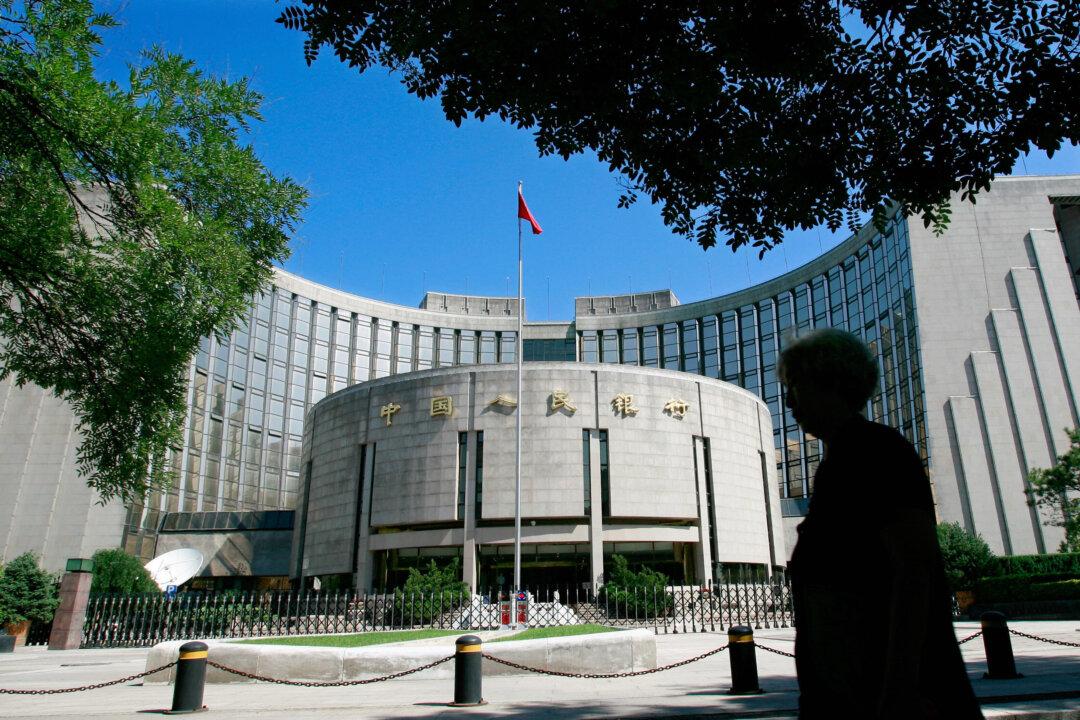China spent a whopping $33 billion on industry subsidies to listed companies in 2020. Among them, subsidies to semiconductor and defense enterprises increased significantly.
According to Japan’s Nikkei Asia, China’s subsidy spending was at a record high last year, and showed a 14 percent increase from 2019.
In the semiconductor industry, the regime’s total subsidies to 113 companies reached $1.6 billion, 12 times that of 10 years ago. China’s largest chip manufacturer, SMIC, not only received nearly $300 million in subsidies, its subsidiaries also received $2.25 billion from the country’s “Big Fund” program.
Subsidies for other semiconductor manufacturers such as NAURA Technology Group and Advanced Micro are also increasing.
In the defense sector, AVIC Shenyang Aircraft Company Limited and Beijing BDStar Navigation Co., Ltd. received a lot more in subsidies than in previous years.
In an April 2013 article, Chinese media NetEase revealed that the CCP has never stopped its practice of providing various subsidies to state-owned enterprises, either directly or indirectly.
“China joined the World Trade Organization (WTO) and signed the Agreement on Subsidies and Countervailing Measures. This rule is directly related to the specific policies of financial support for enterprises. It was formulated to prevent subsidies from distorting normal market competition,” the article said. “By 2005, although the Chinese government had cancelled the operating loss subsidies for most state-owned enterprises, there were still various methods that provide hidden subsidies.”
For instance, from 2007 to 2009, China’s state-owned and state-controlled industrial enterprises received approximately $30.2 billion in financial subsidies. From 2008 to 2009, two aviation companies, five power groups, and two power grid companies received about $2.4 billion from the State-owned Assets Supervision and Administration Commission of the State Council.
In March last year, Xinhua News Agency also published an article stating that more than 100 companies received large subsidies from the government.
“Listed companies reveal that the subsidies they received this year from the government increased significantly [over previous years]. At least 102 listed companies received huge sums in government subsidies since March this year. A number of them received subsidies of more than 100 million yuan ($15.5 million),” the article said.
China National Petroleum Corporation (CNPC) and Sinopec are among the most profitable state-owned enterprises in China. Still, they received more than $10.8 billion in government subsidies, according to the Xinhua article.
Both companies also revealed the subsidies granted to them in their annual reports. Sinopec received $700 million in 2006, $1.9 billion in 2007, and $7.8 billion in 2008; while CNPC received $2.4 billion in 2008 and $200 million in 2010.






Friends Read Free